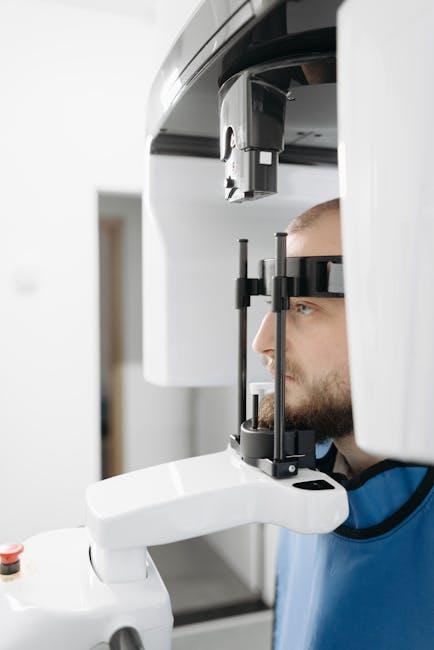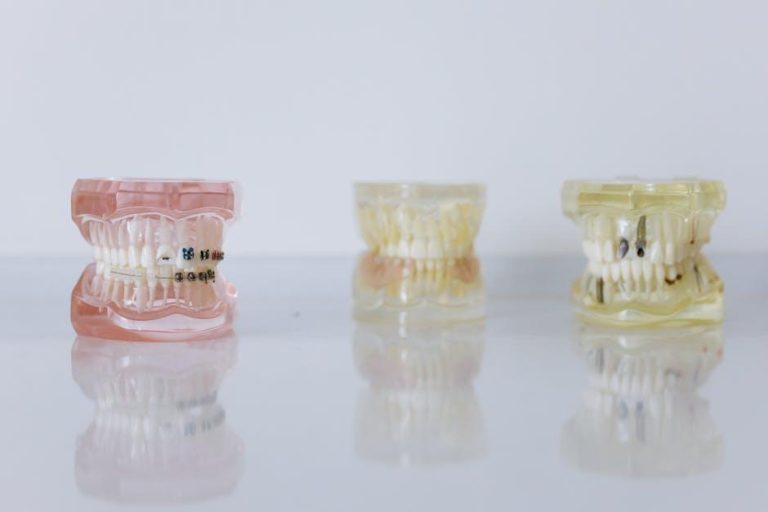
Is This the End for Dental Technicians?
In an era where digital dentistry continues to advance at a dizzying pace, many are asking: Is this the end for dental technicians? With innovations in CAD/CAM technology, 3D printing, and artificial intelligence reshaping dental labs, the traditional role of the dental technician appears to be evolving rapidly. But is their future really in jeopardy, or is it simply a transformation? In this article, we explore how the profession is adapting, the benefits these changes bring, and practical tips for dental technicians to thrive in this new landscape.
Understanding the Role of Dental Technicians
Dental technicians play a critical role in the creation of dental prosthetics, crowns, bridges, and orthodontic appliances. Traditionally, their work involved manual craftsmanship using impression materials, skilled hand-tool techniques, and close communication with dentists to produce customized dental restorations.
Key Responsibilities
- Fabricating dental restorations according to dentist specifications
- Modeling and sculpting dental prostheses by hand
- Quality control of dental appliances
- Keeping up-to-date with dental materials and techniques
How Digital Dentistry is Changing the Game
The rise of digital dentistry in recent years cannot be overstated. Technologies like CAD/CAM (Computer-Aided Design/Manufacturing), intraoral scanning, and 3D printing have revolutionised dental laboratories, offering faster turnaround times, improved precision, and new methods of production.
Key Technological Drivers
- CAD/CAM systems: Allow technicians to design restorations digitally, streamlining workflows.
- 3D Printing & Milling: Enable automated fabrication of dental devices, reducing manual labour.
- AI and Machine Learning: Assist in predictive modelling and error reduction.
Is This the End or a New Beginning for Dental Technicians?
While many worry that automated technologies might eliminate jobs, the reality paints a more nuanced picture.
The Transformative Shift
Rather than replacing dental technicians, these technologies transform their role into one that is more specialised and technologic:
- From manual artistry to digital craftsmanship: Technicians are adapting skills to work with CAD software and digital fabrication tools.
- Enhanced precision and customisation: Digital tools allow technicians to deliver highly precise results impossible to achieve manually.
- Focus on problem-solving and design: The creative element of their work is enhanced through digital tools, requiring strong design capabilities.
Benefits of Digital Integration in Dental Technology
| Benefit | Description |
|---|---|
| Speed | Dental appliances can be produced much faster with digital workflows. |
| Accuracy | Digital measurements reduce human error, improving fit and durability. |
| Cost-efficiency | Automation reduces material waste and labour costs in the long run. |
| Innovation | Technicians can experiment with new designs and materials easily. |
| Collaboration | Improved communication and data sharing between dentists and labs. |
Practical Tips for Dental Technicians to Stay Relevant
For dental technicians worried about the future, here are some actionable tips to remain invaluable in the industry:
1. Embrace Digital Skills
Get trained in CAD/CAM software and digital design tools. Many vocational courses and online tutorials offer resources tailored to dental technology.
2. Continue Traditional Craftsmanship
Even with automation, handcrafted skills remain critical for bespoke restorations and adjustments.
3. Specialise in Niche Areas
Consider specialising in complex prosthetics or materials science to stand out.
4. Stay Updated on Industry Trends
Subscribe to industry publications like Dentistry.co.uk, attend conferences, and engage with professional networks.
Case Study: A Dental Lab’s Digital Transformation Journey
BrightSmile Dental Lab, a mid-sized laboratory in the UK, integrated CAD/CAM systems in 2022. Initially, technicians feared job cuts. However, the lab invested in training, and technicians quickly transitioned into digital design specialists. As a result:
- The lab increased productivity by 40%
- Technician job satisfaction improved with working on higher-precision projects
- Client satisfaction rose due to quicker turnaround and better fit
This case exemplifies how upskilling and embracing technology can secure and enhance a dental technician’s career.
First-Hand Experience: A Dental Technician’s Perspective
“When our lab introduced 3D printing, I was apprehensive at first. But after receiving CAD training, I found my role much more dynamic. Instead of spending hours adjusting impressions by hand, I now focus on creating flawless digital models. The combination of art and technology has made my work more exciting and meaningful.” — Sarah Jenkins, Senior Dental Technician
Conclusion: A Future Illuminated, Not Darkened
The narrative that digital dentistry will render dental technicians obsolete is overly simplistic. Instead, this technological revolution signals an evolution—one that empowers technicians with powerful new tools and elevates their craft. As dental labs and professionals embrace these changes, opportunities will abound for those willing to adapt and innovate.
Dental technicians remain indispensable in creating quality dental restorations. Their expertise, combined with new digital skills, will continue to shape the future of dentistry for years to come.
Stay informed, upskill continually, and embrace change—because the end for dental technicians is far from here; it’s a transformative new beginning.


